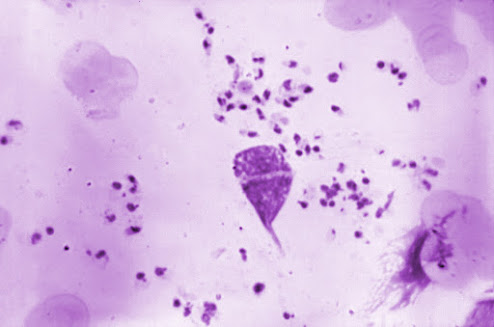.jpg) |
| The fruit fly Drosophila melanogaster is a common model organism for studying sexual selection and evolution. Photo Credit: Stefan Lüpold, UZH |
Genetic quality or genetic compatibility? What do female fruit flies prioritize when mating? Researchers at the University of Zurich show that both factors are important at different stages of the reproductive process and that females use targeted strategies to optimize the fitness of their offspring.
Breeding female fruit flies face a difficult decision: do they mate with the male that has the best genes, or with the one whose genes best match their own? Evolutionary biologists from the University of Zurich and Concordia University have now investigated this question, because, as UZH professor Stefan Lüpold explains, “the processes underlying mate choice influence the evolution of male sexual characteristics and thus the variation within a population – not only in flies”.


.jpg)

.jpg)
.jpg)
.jpg)









.jpg)